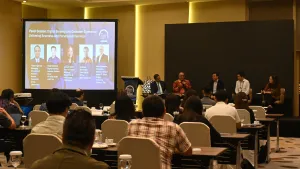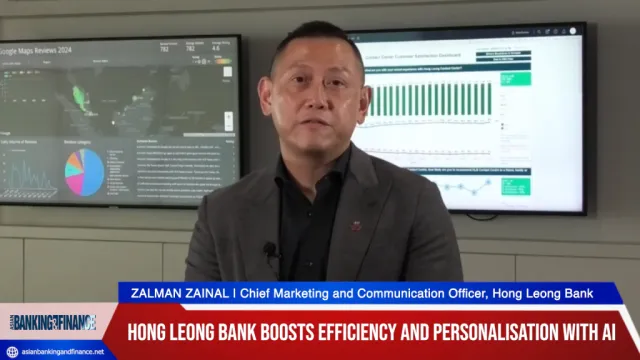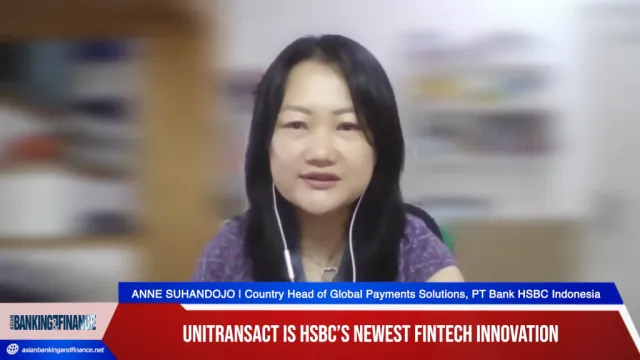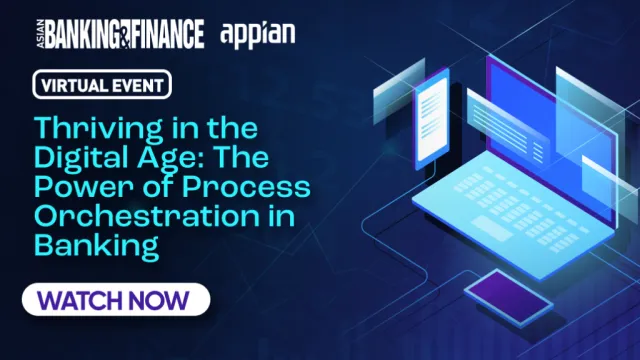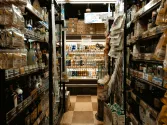Mobile banking & financial inclusion in India
By Diptiman Chakraborty and Romadeep ChakrabortyThe level of Financial Inclusion in the APEC countries is still very low. The Asian banking fraternity has taken various steps in the micro-finance sector especially in Philippines, Bangladesh, Vietnam and Indonesia (which has been an example for more than 25 years).
The Asian banking sector has shown a dismal performance in terms of Financial Inclusion. India has had a long history of initiatives to bring about financial inclusion since our independence in 1947.
A report by the ICRIER finds that while banking in urban India has achieved more than 100 percent penetration (many urban Indians have more than one bank account), rural India lags far behind with only 19 percent penetration whereas, as per Census report of India 2011, around 68.84% of Indian population resides in India.
The underlying reason for this situation is that rural India is deemed unprofitable for traditional banking operations. Since 2005 the RBI has made efforts to encourage rural banking through such measures as no-frills-accounts, greater government involvement in enrolment, and cheaper agricultural loans, but with only marginal success.
UK has established a Financial Inclusion Fund to promote financial inclusion and assigned responsibility to banks and credit unions in removing financial exclusion. Basic bank no frills accounts have been introduced.
A civil rights law, namely Community Reinvestment Act (CRA) in the United States prohibits discrimination by banks against low and moderate income neighbourhoods.
Apart from the CRA experiment, armed with the sanction of Banking Law, the State of New York Banking Department, with the objective of making available the low cost banking services to consumers, made mandatory that each banking institution shall offer basic banking account which is in the nature of low cost account with minimum facilities.
Turning our attention to delivery channels used by banks, it is observed that the banks are yet to exploit the delivery channels to the maximum extent technology permits. Although banks may invest heavily in new delivery channels, the success and sustainability of these channels critically lie in the ability to convert that investment into lower distribution costs.
Technological innovations built on access to telecommunications networks can quickly fill this vacuum. Recent innovations can improve rural outreach by modifying and securing existing banking channels and introducing new channels that leapfrog traditional infrastructure constraints and minimize transaction costs.
The mobile phone revolution is sweeping across globally and has the potential to dramatically transform the lives of the any nation’s rural poor. An estimated 8 million rural Indians who own mobile phones do not have access to banks.
Today India is uniquely poised to make use of mobile banking technologies as a conduit for not only bridging the “digital divide,” but also fostering financial inclusion. In India’s highly unequal society, where 40 percent of the population has no access to financial services, “inclusive growth” has been recognized as a key priority for securing the future success of the country.
Overall, mobile banking has presented itself as a boon for a nation’s rural population. Rural connectivity regulatory reforms towards promulgations of the financial services by banks, SHGs will permanently change the way economic activity is conducted in any nation, offering tremendous opportunities to be harnessed globally.
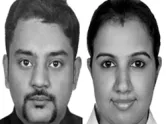



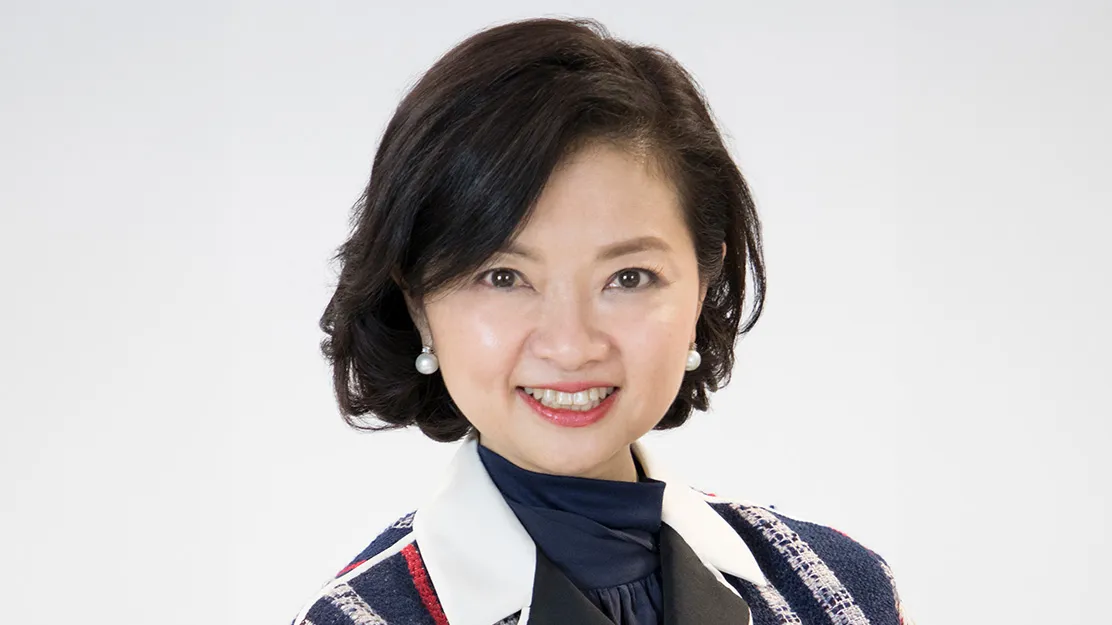
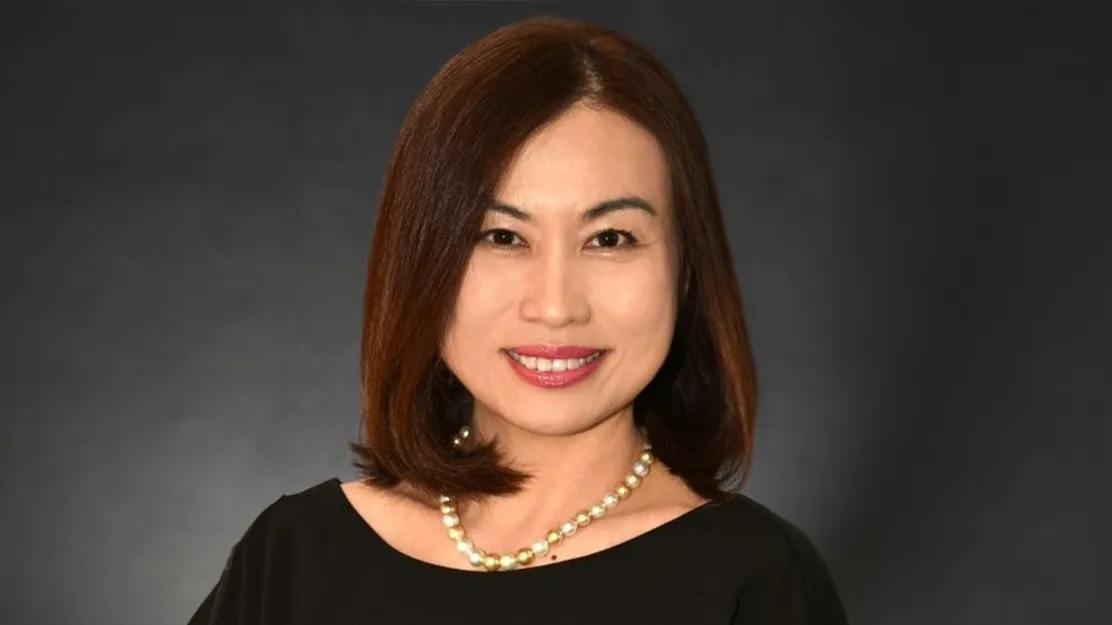


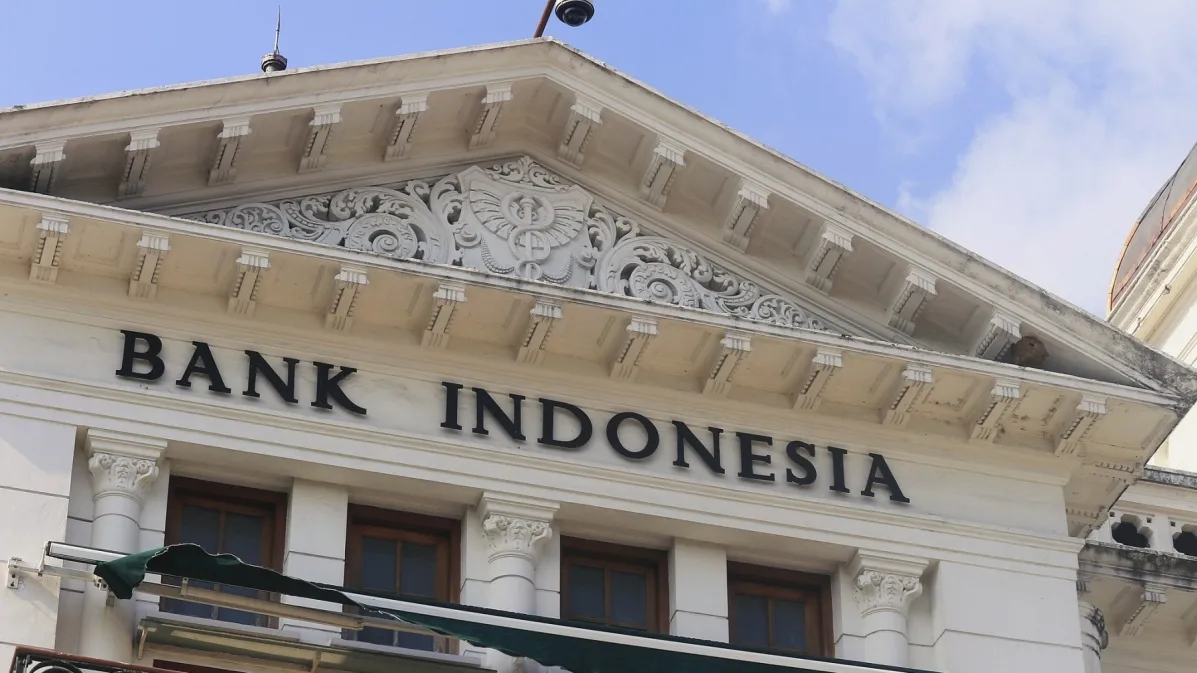
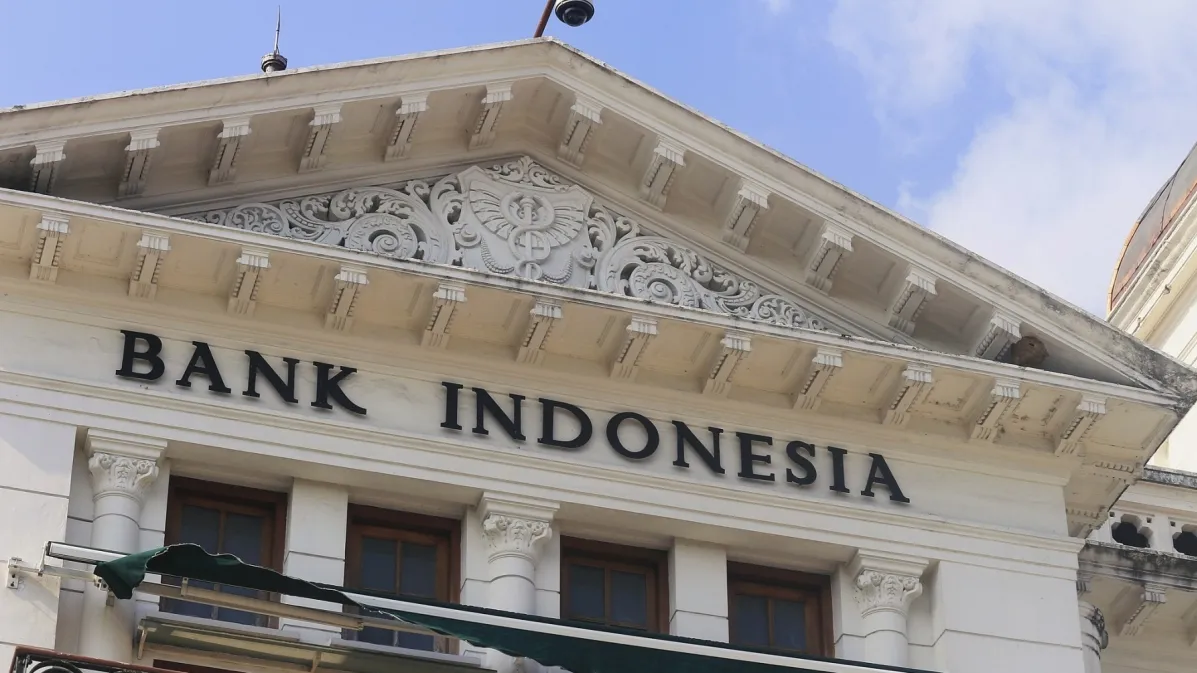
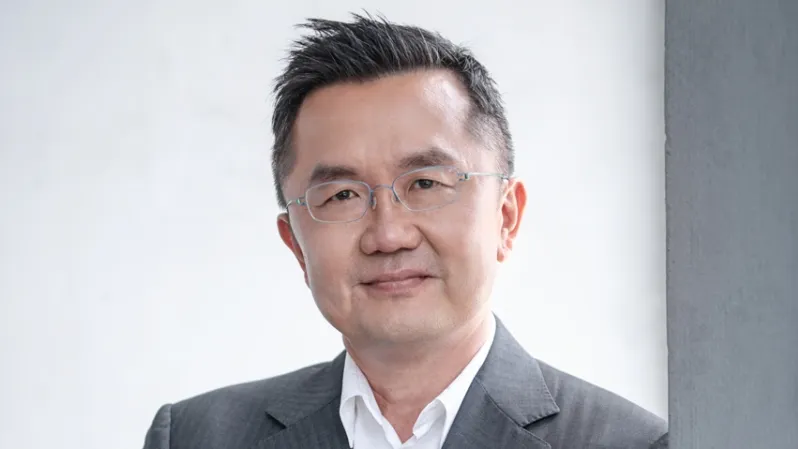
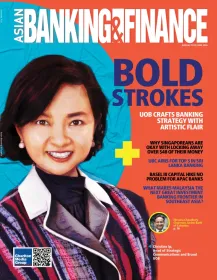
 Advertise
Advertise


